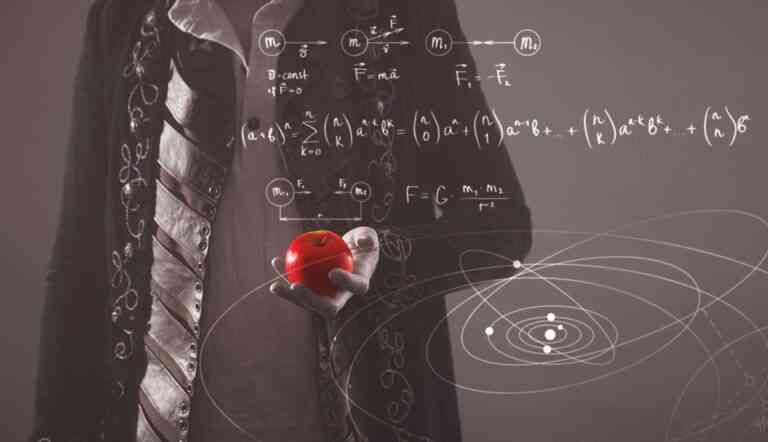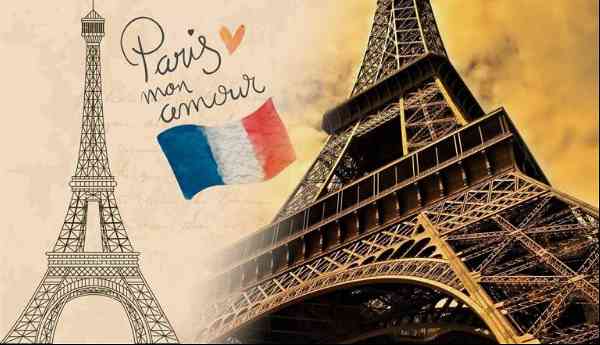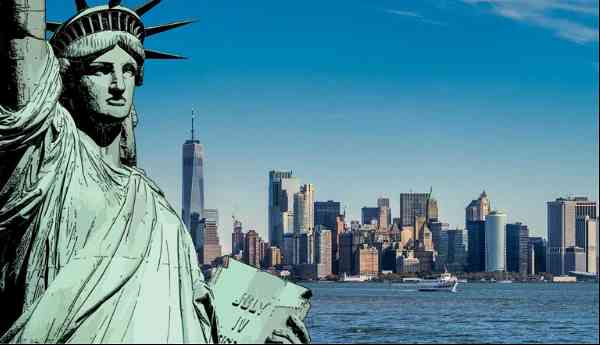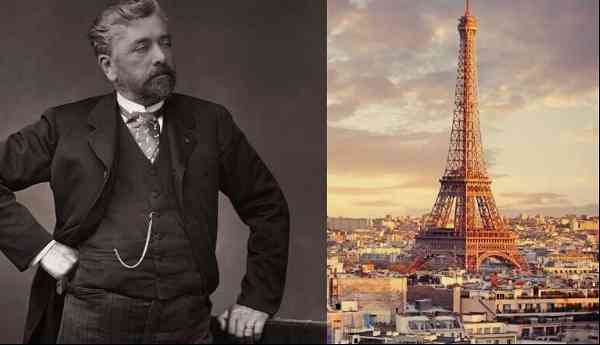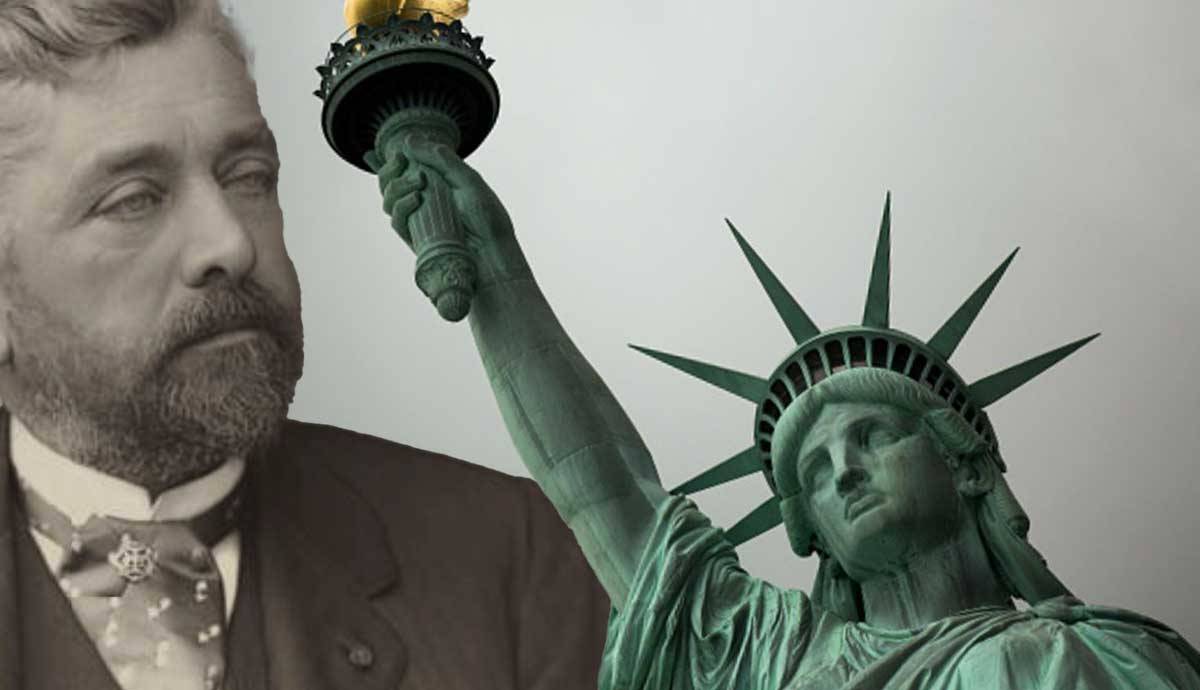
Gustave Eiffel’s name is forever bound to his iconic Eiffel Tower in the heart of Paris. But did you know he also played a pivotal role in the engineering and construction of the Statue of Liberty? Eiffel was a remarkable engineer with a stellar reputation for producing rock-solid constructions from iron that could withstand all weather conditions, so his expertise was called upon to construct the inner core of the Statue of Liberty, which was a generous gift from the people of France to the United States during the late 19th century. We take a closer look at how Gustave Eiffel came to be involved in such a monumentally significant public statue, and the role he played in bringing it to life.
The Statue of Liberty Was a Gift from France to the United States
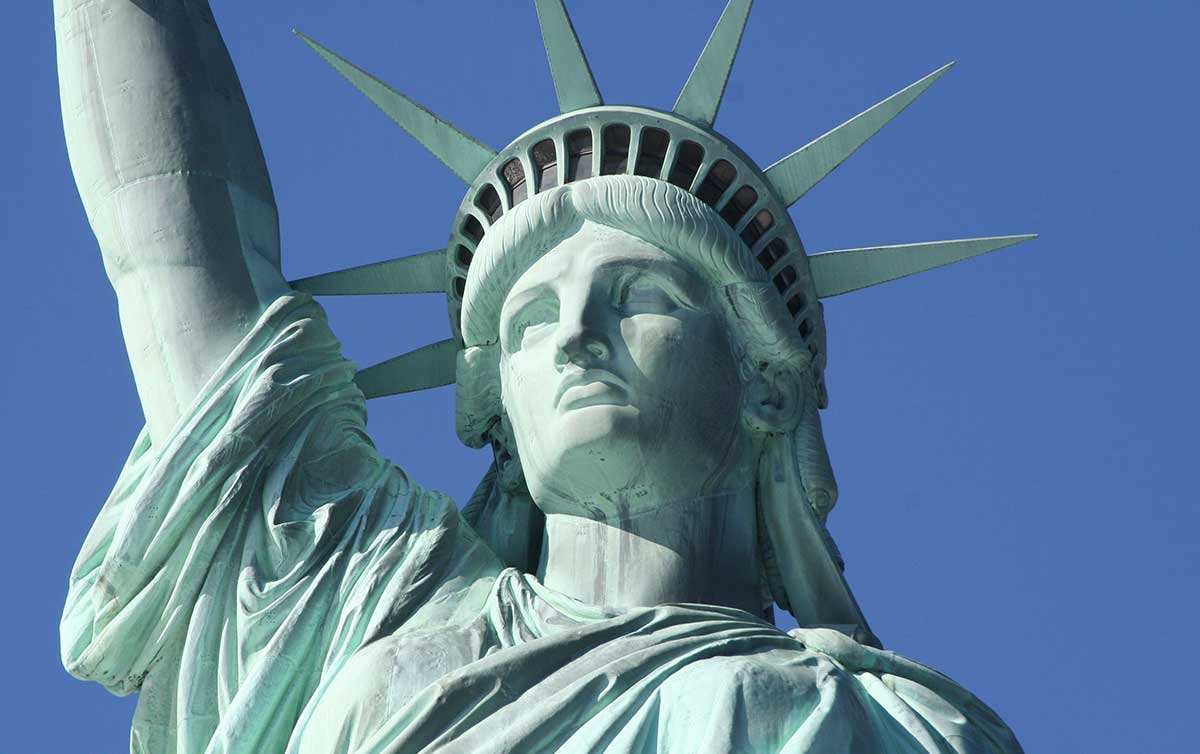
In order to understand Gustave Eiffel’s role in the Statue of Liberty, it is worth tracing back the history of how the statue came to be. The idea of the Statue of Liberty statue was first conceived as a gift from France to the United States to celebrate the centennial anniversary of the Declaration of Independence and the ongoing peaceful unity between the two nations. The concept was dreamed up by Frenchman Edouard de Laboulaye, who hired the renowned public art sculptor Frederic-Auguste Bartholdi to design the colossal statue of lady liberty.
Bartholdi titled his monument to be Liberty Enlightening the World, and set about creating the blueprints for a statue that was loaded with symbolism about freedom and liberty for all. Because he had never created a monument on such a vast scale, Bartholdi was in need of an engineer to help him design a structure that could withstand all weather conditions.
Gustave Eiffel Designed the Iron Framework for the Statue of Liberty
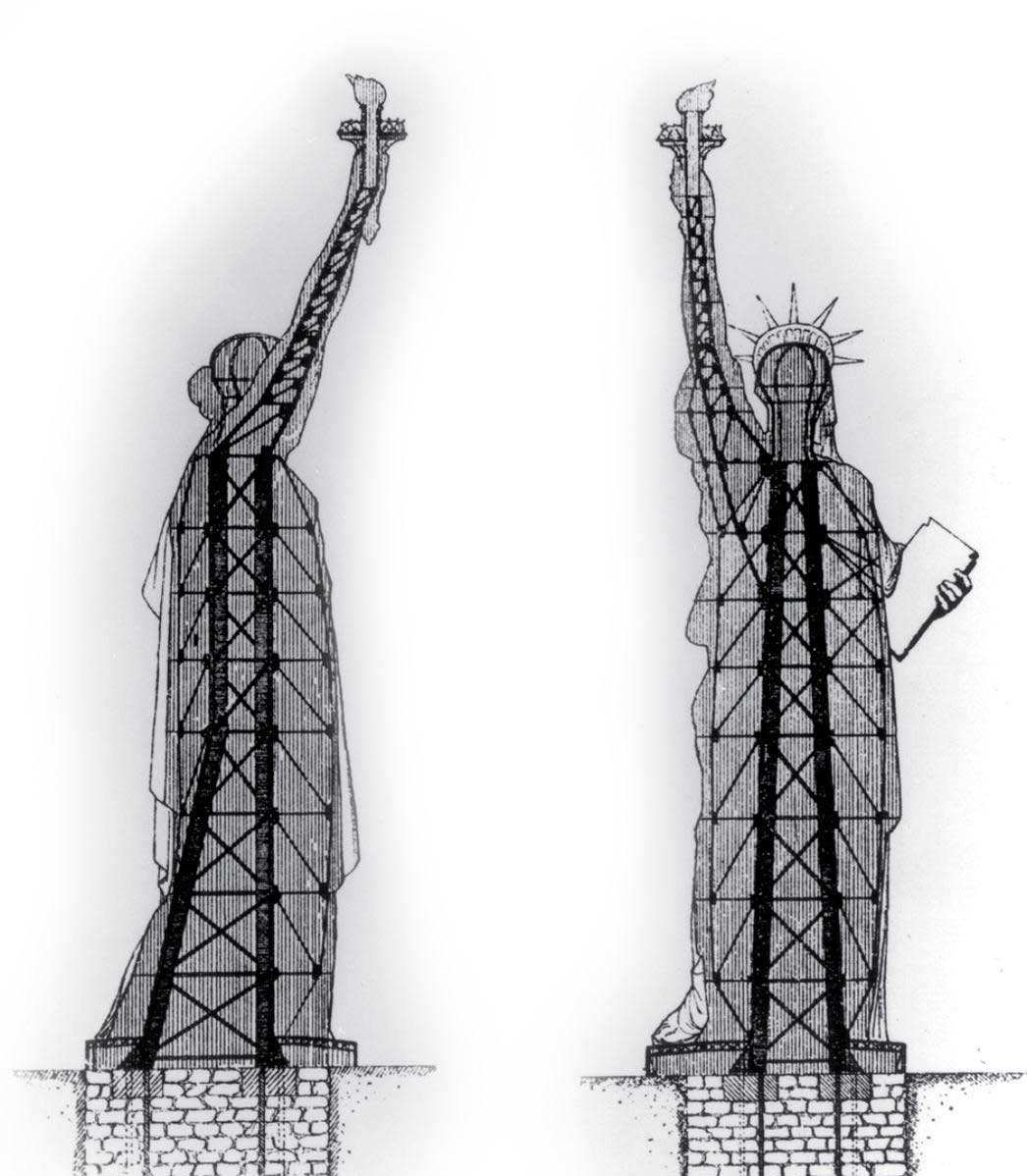
Gustave Eiffel already had a strong reputation throughout France for his engineering prowess, and his busy factory workshop at Levallois-Perret in Paris was established as a leading center for producing the most robust constructions, including bridges, roof structures and railway stations, although he was yet to produce his most iconic design and construction for the Eiffel Tower, which came several years later. First, Eiffel and Bartholdi sat down at the drawing table in order to dream up a workable construction that could support its own weight, stand up to New York Harbor’s weather changes, and not create electrical charges through the iron frame’s interaction with the sea.
Get the latest articles delivered to your inbox
Sign up to our Free Weekly Newsletter
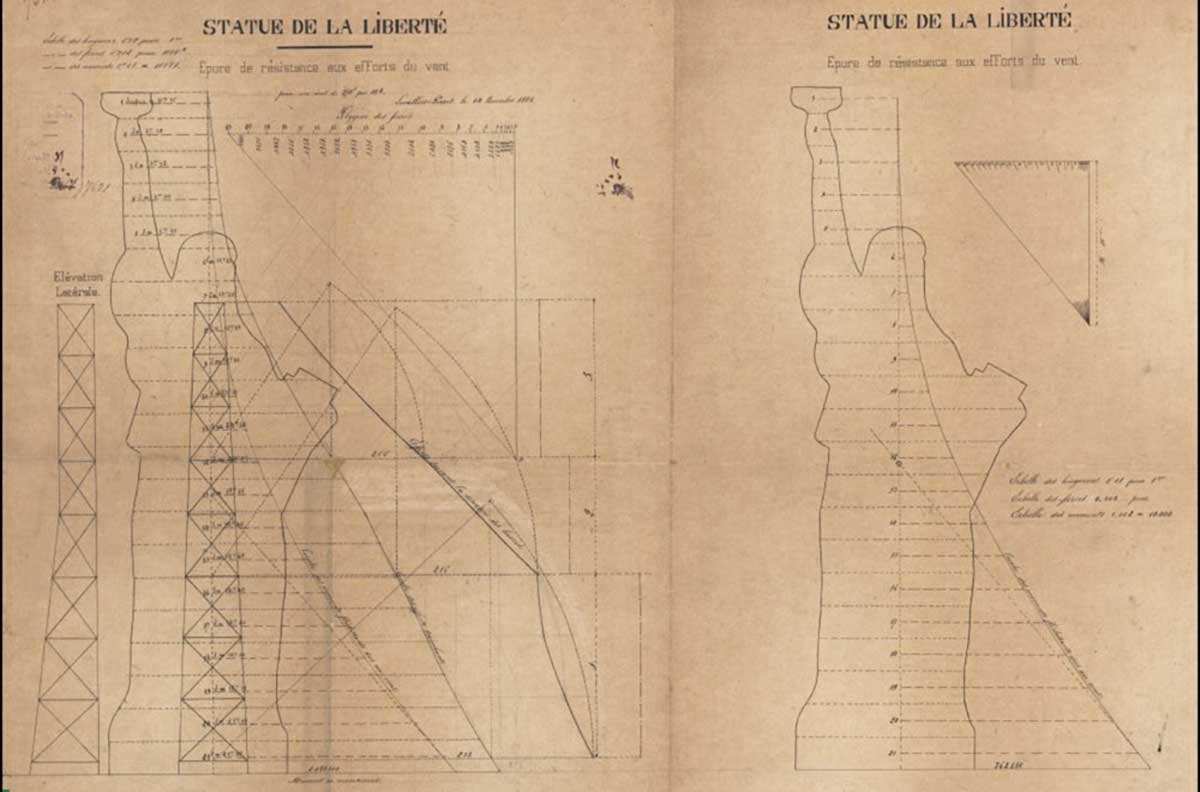
Eiffel made three years’ worth of drawings, blueprints, whiteprints, sketches and notes which survive today, demonstrating the sheer amount of effort he applied to ensuring an unbreakable structure could be made. Historian Pierre Provoyeur, author of Liberty: The French-American Statue in Art and History, 1986, noted how Bartholdi and Eiffel’s teamwork “marked a turning point of the project and gave it the momentum that brought it to completion in 1884.”
Gustave Eiffel Built the Entire Statue in France
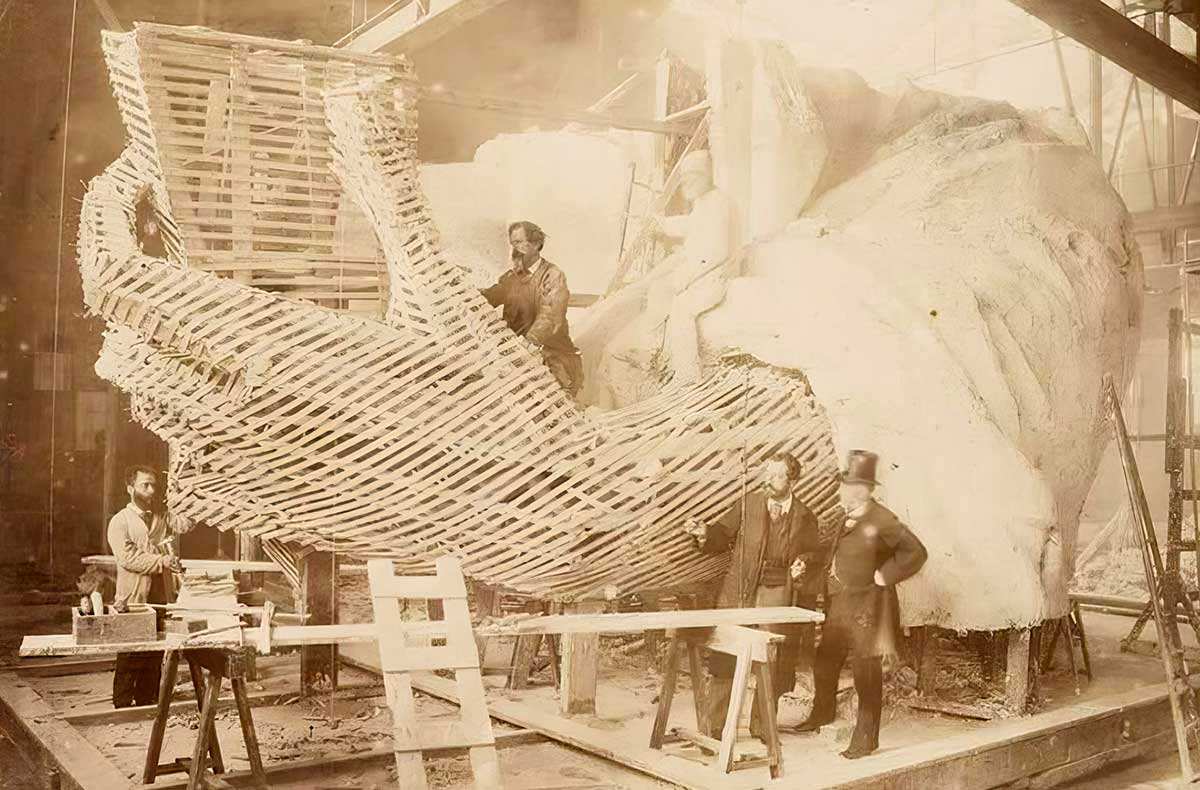
Eiffel worked closely with Bartholdi in order to create the statue’s strong iron framework. For the Statue of Liberty’s inner core, Eiffel created a vast iron pylon, along with a secondary skeletal framework onto which the statue’s exterior copper skin could be attached. The copper skin was then hand-hammered into plates and attached in place.
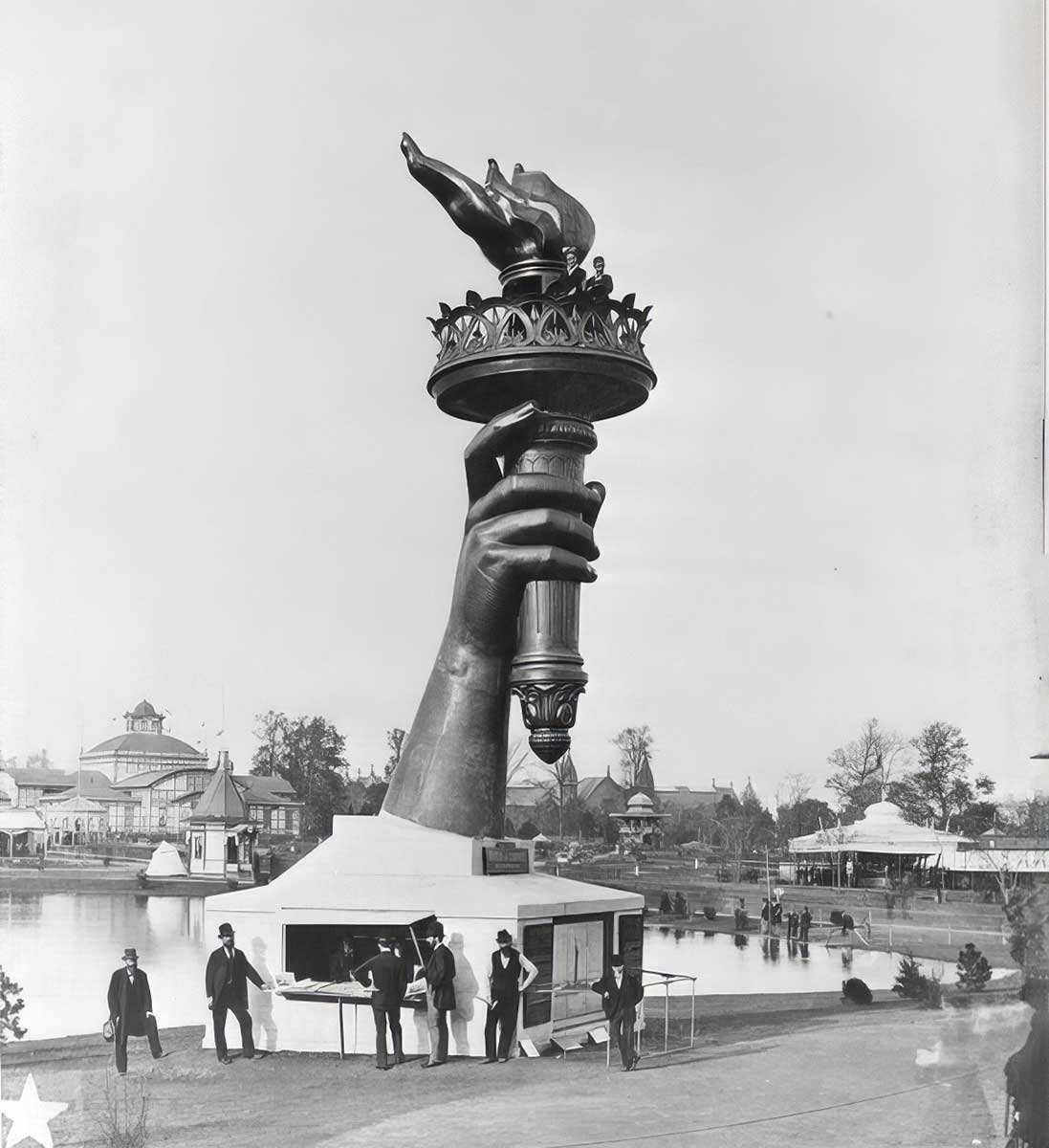
The entire Statue of Liberty was built by Gustave Eiffel’s factory team, and at various stages of completion, parts of the impressive construction went on temporary display in Paris, demonstrating just how vast the monument’s colossal scale would be once all the pieces came together. Once complete, the statue was taken into pieces and shipped to the United States, ready to be pieced back together again in its final resting place.
